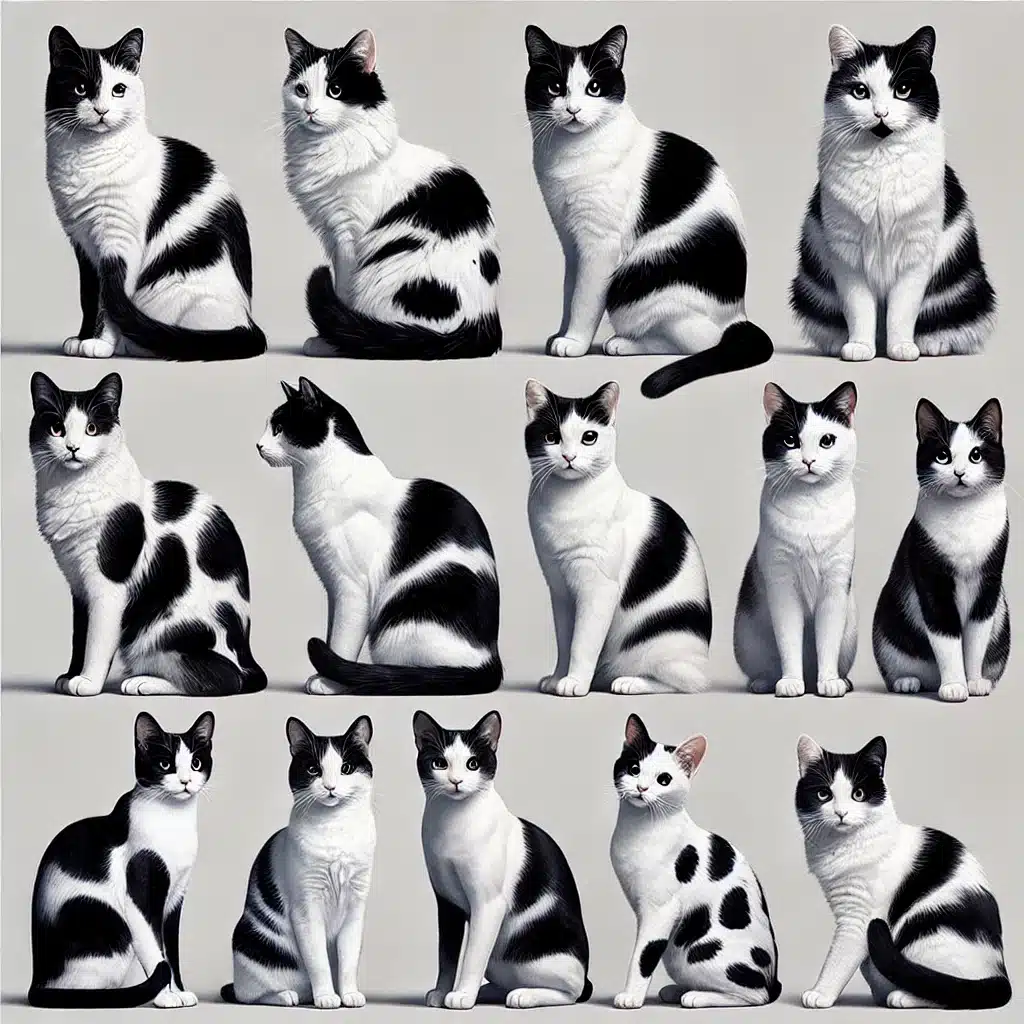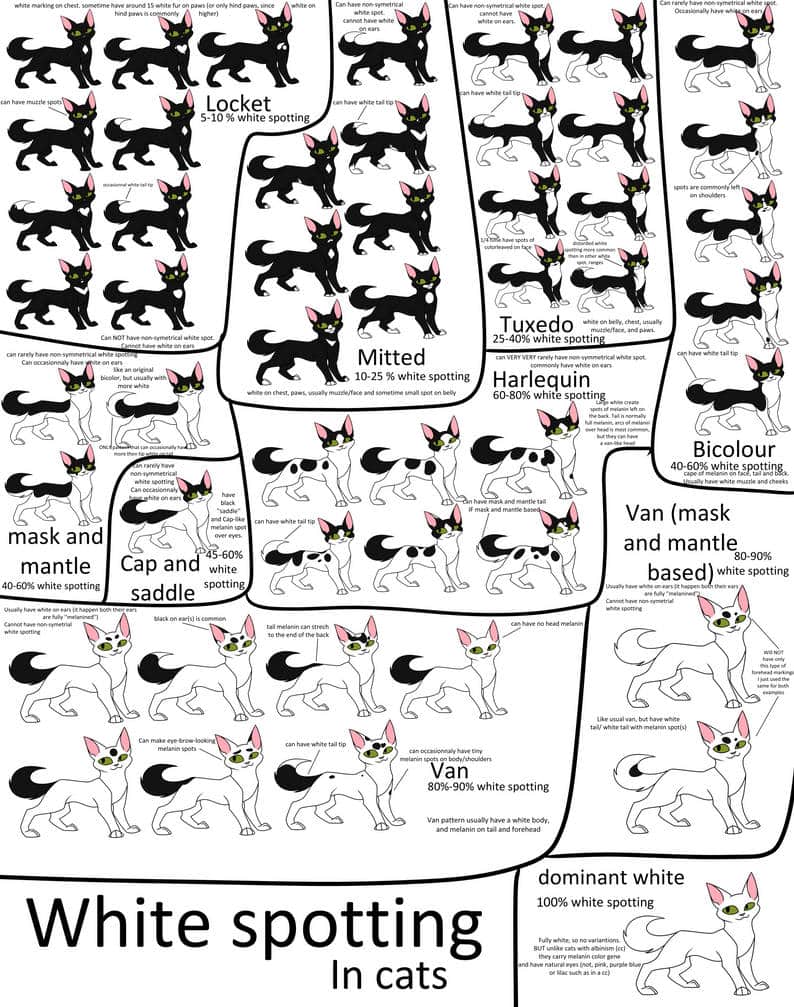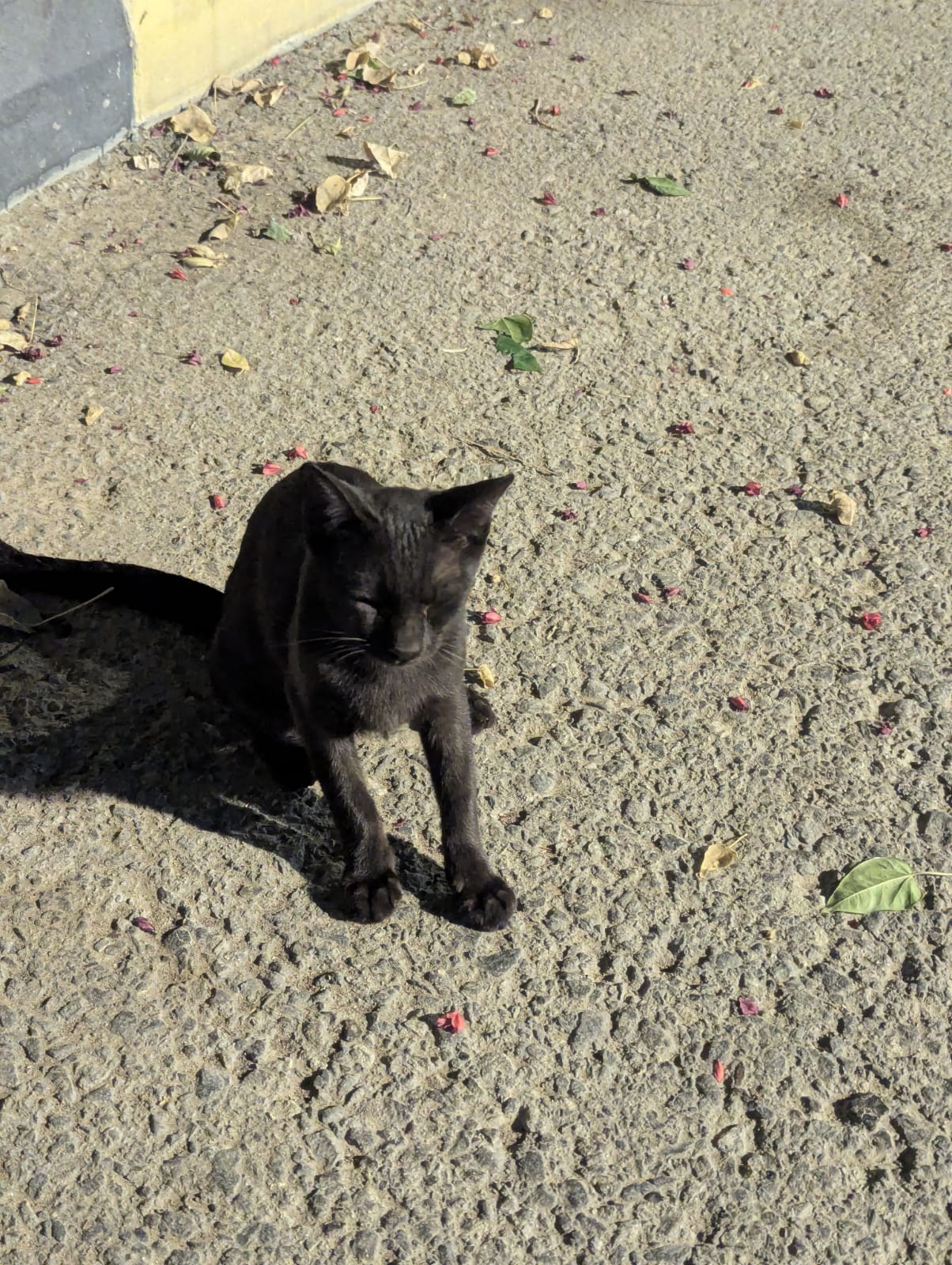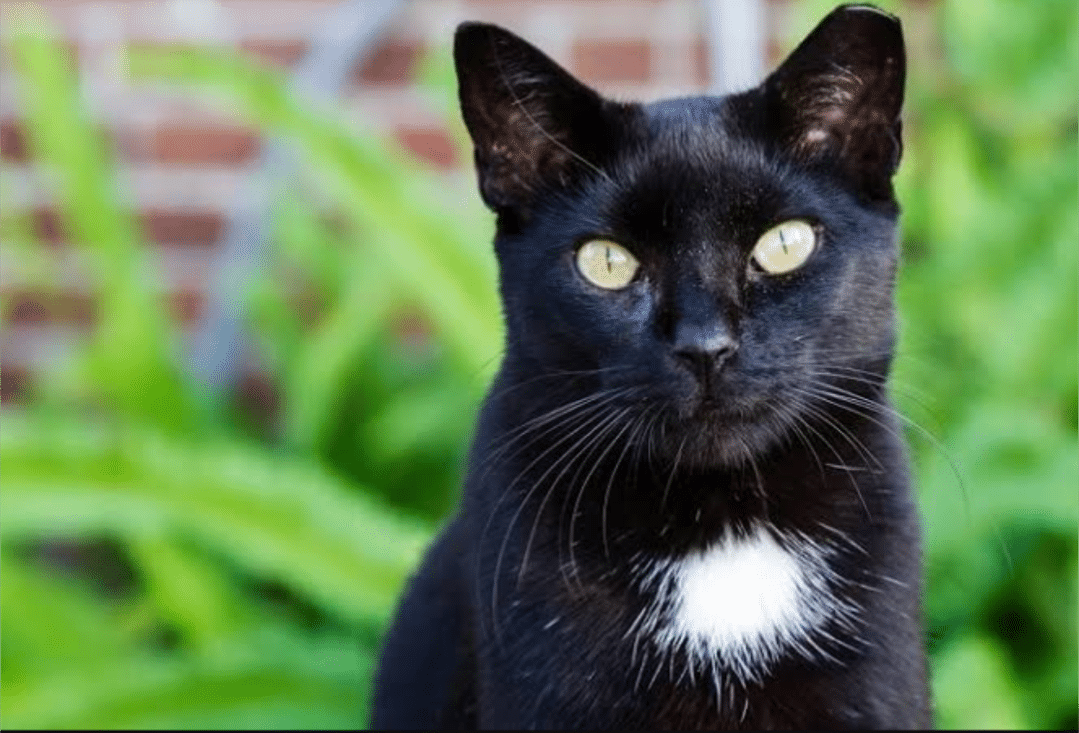What Is a Bicolor Cat? If you’ve ever wondered about those gorgeous cats with two distinct colors—maybe a classic black and white or an unexpected mix—you’re in the right place.
Many cat parents love the charm of bicolor cats but aren’t always sure what makes these coats unique. As a proud cat parent of three Persians, including one with striking black-and-white fur, I get how exciting and sometimes confusing these coat patterns can be.
You want to know if there’s more to these two-toned beauties than meets the eye, and we’re here to explore that. Bicolor cats come in a variety of combinations, usually with one base color complemented by white patches, giving them that eye-catching look. What’s fascinating is that bicolor cats aren’t limited to just black and white; they can feature almost any color alongside white. As you explore the world of different cat coat patterns, you’ll find that bicolor cats can range from tuxedo-like markings to more random, asymmetrical designs.
What is a Bicolor Cat Coat Pattern?

A bicolor cat isn’t a breed – it’s all about the color pattern. Essentially, any cat with a coat that combines a primary color and a certain amount of white spotting can be called a bicolor.
These distinct patterns are common across many breeds and can create unique, eye-catching looks that make each bicolor cat feel one-of-a-kind.
The look might be classic black and white, orange and white, or even gray and white—creating a stunning contrast that sets bicolor cats apart.
Here’s what makes a bicolor coat stand out:
Piebald Cat Coat
Bicolor cats usually have what’s known as a “piebald” coat pattern – areas of white mixed with patches of color. This color pattern occurs when the genes responsible for white spotting express themselves, creating anything from small patches of white to larger, beautifully blended coats. These cats can have a wide range of color combinations, from black and white to orange and white, and everything in between. The piebald pattern is a result of genetic variation, and while it is commonly seen in cats, it can also be found in other animals, such as dogs and horses. Overall, it’s all about piebald cats and their unique and eye-catching coat patterns.
Why It Matters :
Bicolor cats have a special appeal that goes beyond their appearance. Many cat parents find them irresistible for a variety of reasons:
- Unique Look – The blend of color and white creates an elegant, balanced look that makes these cats stand out.
- Personality – Though not scientifically proven, many bicolor cat owners claim these cats have unique, often playful personalities.
- Adoptability – Bicolor cats are highly sought after, and their classic looks make them popular among adopters. Whether it’s their charming “tuxedo” look or quirky patches, there’s something endearing about them that’s hard to resist.
Key Takeaways
Quick Facts
- Common Color Combinations – Bicolor cats often have classic pairings like black and white, gray and white, or even orange and white.
- Popular Patterns – Some of the most beloved patterns in bicolor cats include the tuxedo look (where color appears like a “suit”), the mask-and-mantle pattern (where color covers the head and back), and harlequin or cap-and-saddle patterns.
- Well-Known Bicolor Breeds – You’ll find bicolor cats in many breeds, including Persian, Maine Coon, British Shorthair, and Domestic Shorthair. Each breed offers a unique twist on the bicolor look, from fluffy, long coats to sleek, short ones.
Fun Trivia
Famous Bicolor Cats – Some iconic cats have proudly rocked the bicolor look. For instance, Felix the Cat, one of the earliest cartoon cats, was a tuxedo cat, adding an air of sophistication and charm. Another is Socks Clinton, the black-and-white cat who lived in the White House during the Clinton presidency, capturing hearts with his elegant tuxedo markings.
Unique Characteristics – Many bicolor cats are known for their spirited personalities. While this may vary by breed, owners often say their bicolor cats are a mix of charm, playfulness, and a touch of sass—making them as unforgettable as their unique coats! Their striking appearance often complements their confident and independent nature. Whether it’s a whitemittened black cat darting playfully around the house or lounging in a sunlit spot, these felines know how to keep their human companions entertained. With their expressive eyes and bold patterns, bicolor cats are certainly hard to ignore!
Physical Characteristics of Bicolor Cats
Bicolor cats owe their unique, two-toned appearance to a fascinating bit of genetic science. Here’s a look at the genes behind these patterns and the variety of spotting levels you might see on bicolor cats.
How the White Spotting Gene Works
The distinct patterns of bicolor cats come from the white spotting gene, which determines how much white fur appears on a cat. This gene essentially “paints” white patches over the cat’s base coat color, creating their unique two-tone look.
- Some cats have just a touch of white (think small paws or a chest patch).
- Others sport larger areas of white, covering most of their body.
White Spotting Scale Explained
To understand bicolor patterns better, cat enthusiasts use the white spotting scale. It ranges from minimal white to nearly all-white coats:
- Low-Grade Spotting (1-4): Small areas of white, like paws or a thin chest stripe.
- Mid-Grade Spotting (5-7): More prominent white patches, usually mixed with the cat’s base color.
- High-Grade Spotting (8-10): White dominates the coat, leaving only a few spots of the base color.
This scale helps breeders and cat parents identify a bicolor cat’s pattern more easily.
Coat Patterns and Variations in Bicolor Cats

Bicolor cats come in an incredible variety of patterns, each with its own charm. Here’s a breakdown of the most popular bicolor patterns and what makes them special: One of the most striking patterns is the tuxedo, where the cat showcases a sleek black coat with white markings on the chest and paws, giving them a formal, dapper appearance. Another common pattern is found in magpie cat characteristics, where large patches of random white and black contrast artfully across the body, resembling the plumage of the bird that shares the same name. These cats can have varying degrees of color distribution, making each one truly unique.
True Bicolor Cat
A true bicolor cat has an evenly balanced mix of two colors—often one primary color and white. These cats have a clean, classic appearance that highlights their striking contrast without leaning heavily toward one color.
Locket Cat Pattern
The locket pattern is subtle but adorable. It features a small patch of white, usually on the chest or back, resembling a tiny pendant. This pattern is often seen in solid-colored cats with just a touch of white for added flair.
Tuxedo Cat
Perhaps the most famous bicolor pattern, the tuxedo cat, is primarily black with white on the chest, paws, and sometimes the face. The markings create the look of a little suit, giving these cats their elegant name. These striking felines are known for their sleek and sophisticated appearance, often giving off an air of distinction. Interestingly, despite their formal attire, tuxedo cats are just as playful and affectionate as other cats. There’s something truly captivating about tuxedo cats and their charming combination of style and personality.
Mask and Mantle

In the mask and mantle pattern, color covers the cat’s head and back, leaving the underside mostly white. It’s a dramatic and stylish look, often associated with breeds like the Norwegian Forest Cat.
Cap and Saddle

The cap and saddle pattern is exactly what it sounds like—color appears on the top of the head like a cap and on the back like a saddle. The rest of the coat is typically white, making this a fun and unique look.
Harlequin Cat

The harlequin cat pattern is for those who love lots of white with just a splash of color. These cats have white bodies with patches of color, especially on the head and back, creating an elegant, artistic look. The patches can vary in size and shape, giving each cat a unique appearance. The harlequin cat coat pattern is particularly striking with its minimalistic yet artistic distribution of color, often leaving the legs and belly entirely white. This pattern is not only beautiful but also relatively rare, making these cats stand out in any room.
Van Cat

In the van pattern, color is limited to the head and tail, while the rest of the coat is entirely white. It’s a rare and eye-catching look often seen in Turkish Vans, who are famous for this striking appearance.
Moo Cat (Cow Cat)

The moo pattern, also called cow cat, features a white base with large, irregular black spots that resemble the markings of a cow. These cats are quirky, fun, and sure to turn heads with their playful appearance.
Each pattern brings its own flair, ensuring that no two bicolor cats are ever quite the same! Whether you prefer the elegance of a tuxedo or the charm of a moo cat, there’s a bicolor beauty for everyone.






